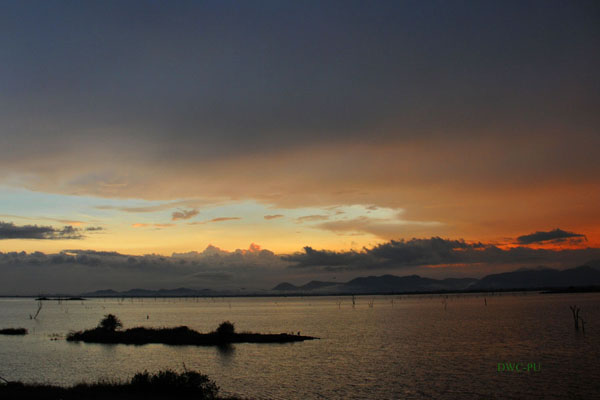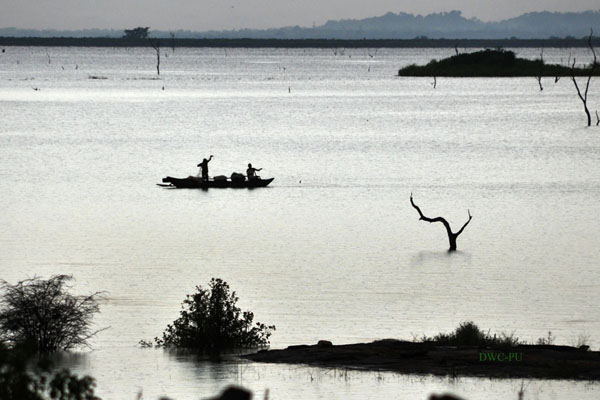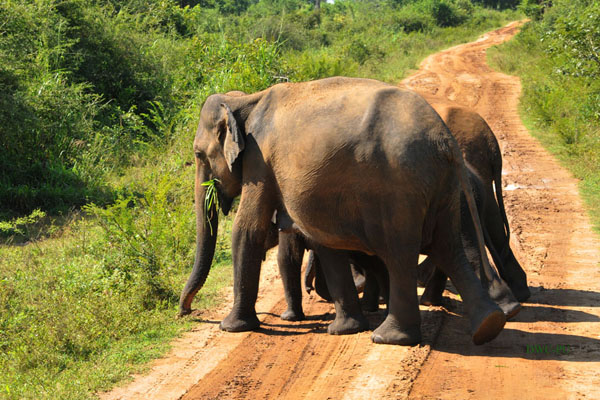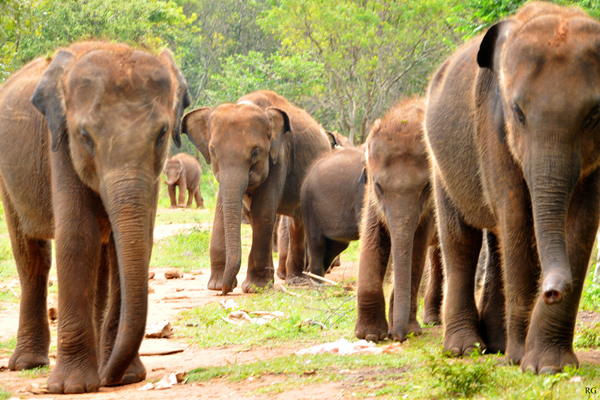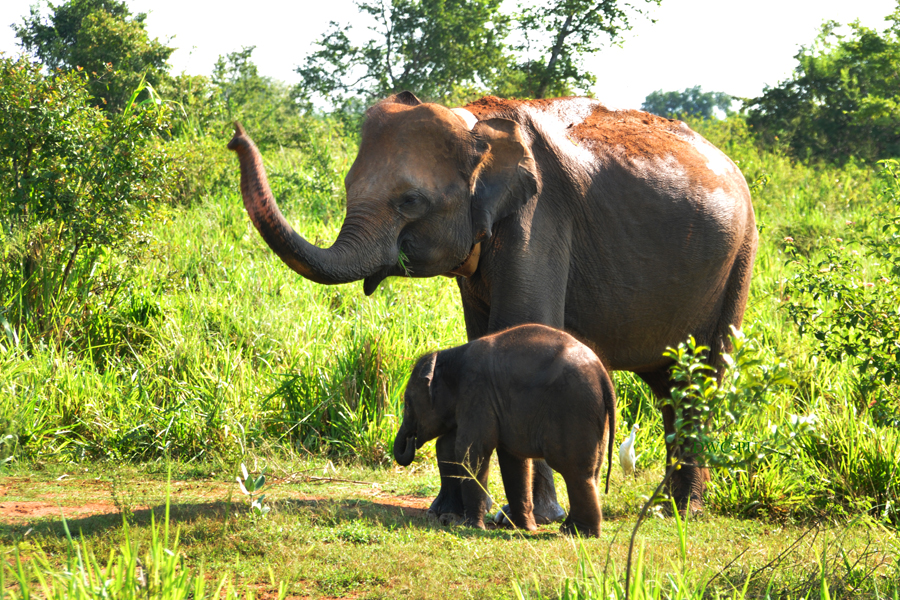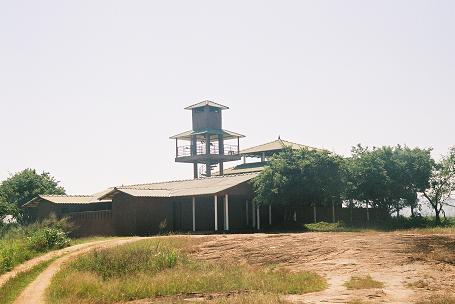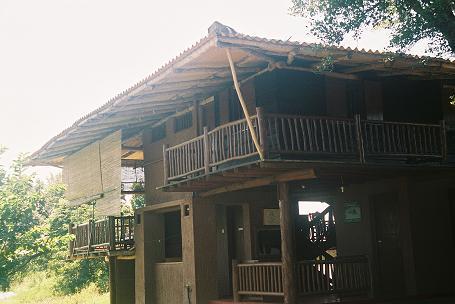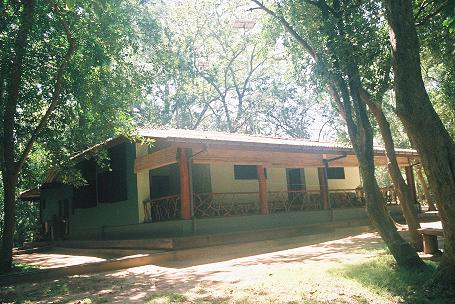
Udawalawa National Park
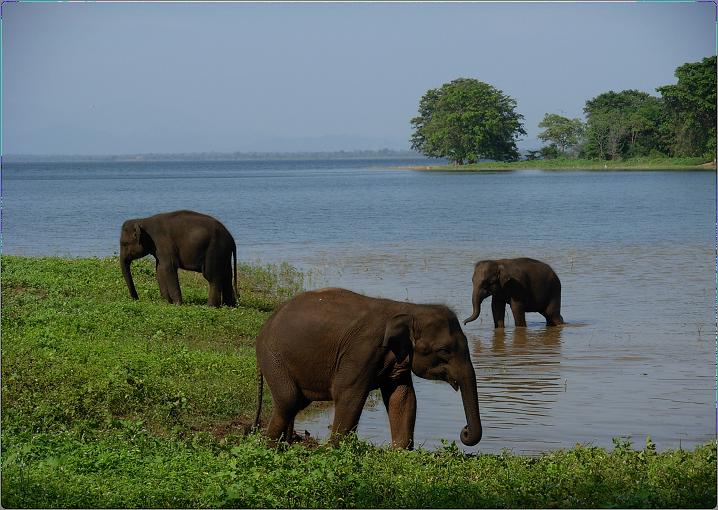 |
|
| INTRODUCTION | The Udawalawe National park which has acreage of 30,821 hectares, was declared as a National Park in 30 th June 1972 under the Fauna and Flora Protection ordinance. The park lies in the Rathnepura District in Sabaragamuwa Province Monaragala District in Uva Province. It forms of the largest conservation areas within these districts and largely comprises the lower and the immediate catchments of Udawalawe. The walawe reservoir is situated in the park and surface area of it at full supply level is about 3405 hectares |
| ACCESS |
|
| PHYSICAL CHARACTERRISTICS | The most prominent feature is the Kalthote escarpment and spectacular Diyawinne fall to the north Ulagala and in the west of the park. The park is situated in the dry zone. There is a short dry period in February-March. Sometimes that period is prolonged from mid May to end of September. This is mences with intermonsoon in the month of September. This is followed by Northeast monsoon rain in November to mid January. Due to conventional activity, the rainfall can occur during April-May. The mean annual rainfall is about 1524mm. The annual average temperature is about 32 ° C and it can uniform throughout the year. |
| VEGITATION | The soil and climatic conditions are responsible for classified vegetation types. The predominant ecosystem of the park area is the forest area with scattered grasslands and thorny-shrubs. |
| FAUNA | This National Park is very popular among visitor for elephants because, they can be observed even at mid day. Herds of elephants can ve seen along the river during the dry season which is usually between May and September. Birdlife is in plenty, but once again difficult to observe when on the ground due to the tall grass. |
Copyright© 2013 Department of Widlife Conservation in Sri Lanka





